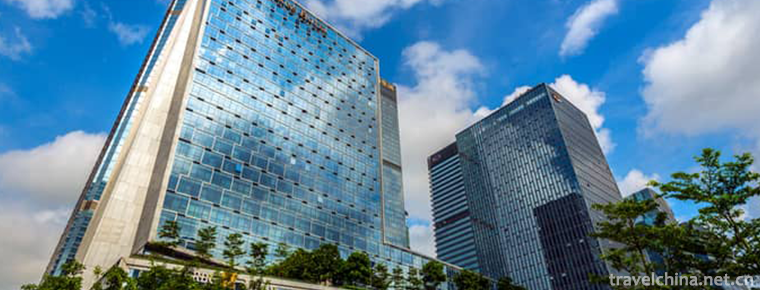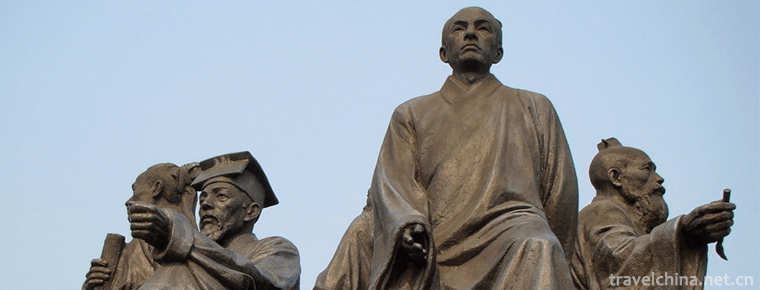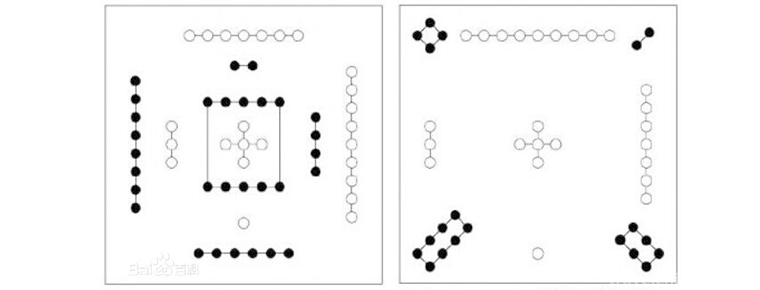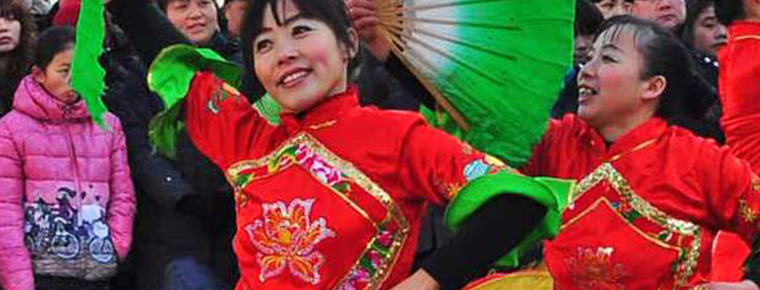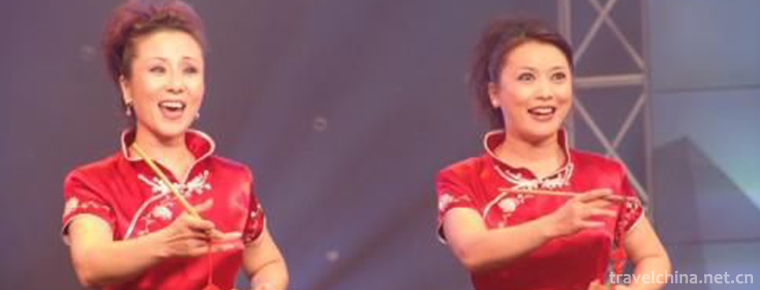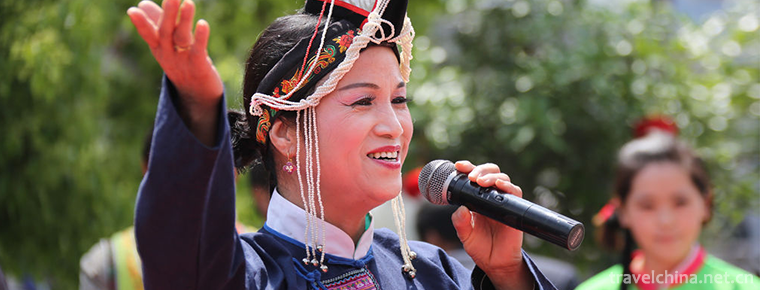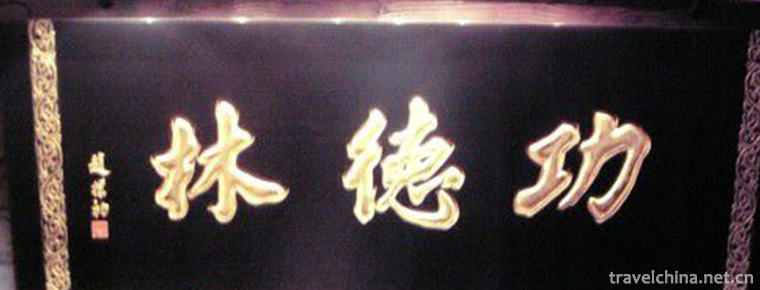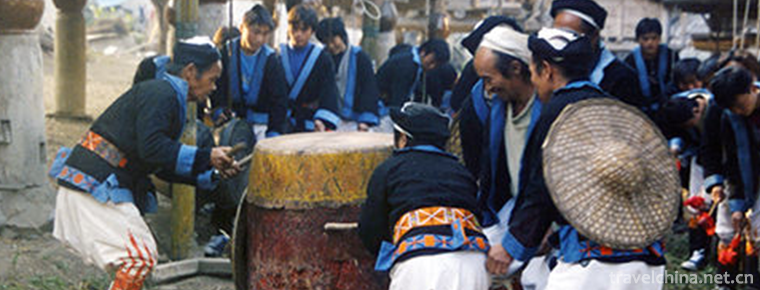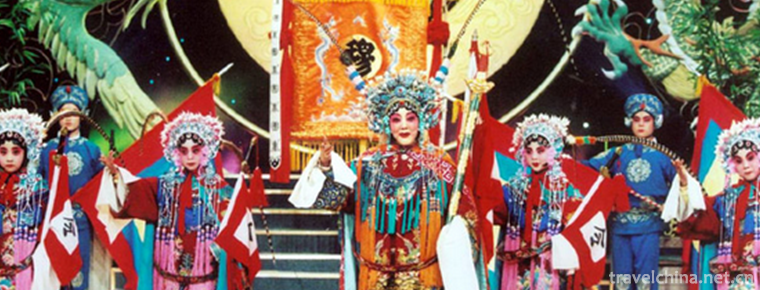Peking Union Medical College
Peking Union Medical College
The Chinese Academy of Medical Sciences was established in 1956. Peking Union Medical College was founded in 1917. Since 1957, the Chinese Academy of Medical Sciences and Peking Union Medical College have implemented a unified management system. As the highest Medical Research Institute and the highest Medical Education Institute in China, since its establishment, colleges and universities have always taken leading the development of medical science and technology education in China and safeguarding people's health as their responsibility, making important contributions to the development of medical and health undertakings in China.
Since the establishment of the university, Peking Union Medical College has initiated the eight-year clinical medical education, higher nursing education, resident training system and the earliest public health practice in China. It has achieved a series of important results, such as "Peking Man Discovery", "Protein Denaturation Theory", "Monomer Ephedrine Extraction" and "Black Fever Research". Academy of Medical Sciences in the development of polio vaccine series and its application in China's children's planned immunization, national control and basic elimination of leprosy, the establishment and promotion of chemotherapies for the eradication of chorioepithelial cancer, comprehensive prevention and treatment of esophageal cancer, clinical treatment system for refractory cardiovascular diseases, butadiene benzene Creative contributions have been made to the creation of natural drugs such as phthalocyanine and bicyclol, the development and industrialization of artificial musk, the discovery of the first AIDS patient in China and the prevention and treatment system of new outbreaks of infectious diseases, the establishment of Chinese medical cytogenetics, the study of disease genes and the clinical application of autologous stem cells. 。 Fifty-two academicians of medical and health circles, including Zhang Xiaoqian, Zhang Xijun, Zhong Huilan, Lin Qiaozhi and Huang Jiaju, were born in the institute. They are the Chinese Center for Disease Control and Prevention, the Academy of Military Medical Sciences, the General Hospital of the People's Liberation Army, the Capital Medical University, Beijing Hospital, the Sino-Japanese Hospital and the Beijing Anzhen Hospital. The establishment of academic institutions provides talents and technical support.
Up to now, the university has developed into a national medical science center and a comprehensive medical science research institute with 18 institutes, 6 hospitals, 7 colleges and 4 out-of-hospital research and development institutions, which integrates medical, teaching, research and production prevention. Colleges and universities have 24 academicians of the two academies, 21 national overseas high-level talent introduction plan, 19 Yangtze River scholars, 39 national outstanding youth; 4 national "double-first-class" construction disciplines; 6 A disciplines in the subject evaluation of the Ministry of Education; 5 national key laboratories, 5 national clinical medicine research centers, and other national levels. There are 8 scientific research bases. There are six hospitals directly under the university, including Peking Union Medical College Hospital of Chinese Academy of Medical Sciences, Fuwai Hospital, Tumor Hospital, Plastic Surgery Hospital, Blood Disease Hospital and Dermatology Hospital. They integrate general hospitals and specialized hospitals, and form a well-known clinical medical system with close integration of medical treatment, teaching and research at home and abroad.
At present, the development of colleges and universities has entered a new century and a new era. In order to implement the important guiding spirit of General Secretary Xi Jinping's "seizing opportunities, facing difficulties and striving to build the Chinese Academy of Medical Sciences as the core base of China's medical science and technology innovation system", the university has formulated the working strategy of "inheriting culture, improving system, innovating mechanism and expanding resources". We have taken the lead in implementing the "4+4" clinical medical education model in China, initiated the "4+2" experimental course for training excellent nursing talents, implemented the Tenure-Track teaching reform, initiated the recruitment of global outstanding talents, and deepened the implementation of the Medical and Health Science and Technology Innovation Project of the Chinese Academy of Medical Sciences. Accelerate the construction of an open national medical science and technology innovation system with research institutes, research bases, key laboratories and innovation units of the National Health Commission/Chinese Academy of Medical Sciences as the main body, and continuously deepen the collaboration with key institutions at home and abroad. Make colleges and universities an advanced ideological source and powerful power source of national medical and health undertakings, especially medical research and education undertakings, and make new and greater contributions to the development of people's health, medical science undertakings and medical education undertakings in China.
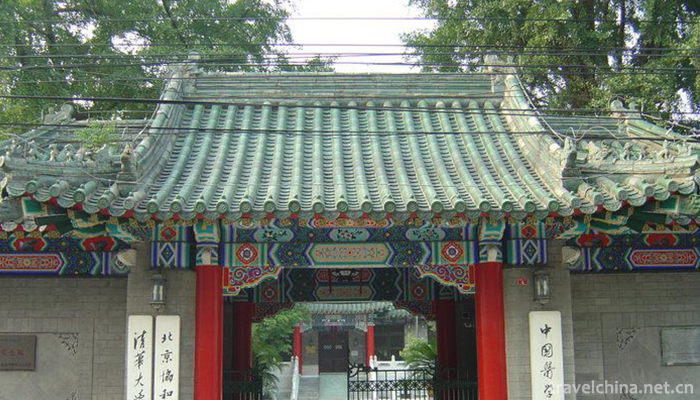
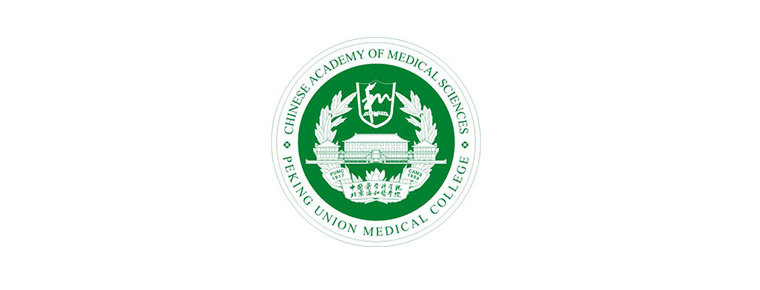
Peking Union Medical College
-
Four Seasons Hotel Shenzhen
Four Seasons Hotel is an international luxury hotel management group, headquartered in Toronto, Canada. It was founded by Mr. Isado Sharp in 1961. Now it has more than 90 hotels and resorts in nearly
Views: 402 Time 2018-12-16 -
Shigu Academy
Shigu Academy, located in Shigu Mountain, Shigu District, Hengyang City, an important city in central and southern Hunan Province, is the birthplace of Huxiang
Views: 221 Time 2019-02-08 -
Legend of Hetuluo Books
The legend of Hetu Luoshu is a folklore system about Hetu and Luoshu, which was born in Luoyang, Henan Province. It mainly includes the legend of Longma Negative Tu Temple and the offering of Luoshu b
Views: 213 Time 2019-05-03 -
Jingxing spent
Jinglonglahua, a traditional dance in Jinglongxian County, Hebei Province, is one of the national intangible cultural heritage.
Views: 370 Time 2019-05-08 -
Shandong drum
In addition to the book drum, the musical instruments of Shandong drum were initially beaten with two pieces of plough and plough, and then two pieces of iron and copper were used, accompanied by thre
Views: 165 Time 2019-06-13 -
She nationality novel song
She nationality novel song originated from Bailukeng Village, Xinan Town, Xiapu County, Fujian Province. It was adapted and created by She nationality folk singers according to their national living c
Views: 237 Time 2019-06-14 -
Vegetarian production skills
Gongdelin vegetarian food originated in temples. During Tongzhi period of Qing Dynasty, Temple vegetarian food gradually entered society. In 1922, the disciples of Wikipedia, a Buddhist monk at Changj
Views: 303 Time 2019-06-17 -
Monkey Drum Encouragement of Yao Nationality
"Monkey Drum Dance of Yao Nationality" is called "Jiuglang" in Yao language. It is popular among Baiku Yao people in Yaoshan. "Monkey Drum Encouragement" is performed in
Views: 148 Time 2019-07-11 -
Henan Opera
Henan Opera, originating in the Central Plains (Henan), is one of the five major Chinese operas and the largest local opera in China. Contemporary Henan Opera has followed Henan Satellite TV, Henan He
Views: 245 Time 2019-07-16 -
Neijiang tertiary industry
In 2019, the investment in real estate development in Neijiang City will increase by 2.7% over the previous year. The construction area of commercial housing was 12.4341 million square meters, an increase of 8.9%. The sales area of commercial housing was 4.6939 million square meters, an increase of 8.0%.
Views: 332 Time 2020-12-16 -
Leshan Education
In 2018, Leshan Normal University, School of engineering and technology of Chengdu University of technology and Leshan vocational and technical college enrolled 16051 students, including 52775 students, 13837 graduates and 2509 full-time teachers.
Views: 376 Time 2020-12-17 -
Meishan economy
In 2019, the gross domestic product (GDP) will reach 138.02 billion yuan, an increase of 7.5%. Among them, the added value of the primary industry was 19.916 billion yuan, an increase of 3.0%; the added value of the secondary industry was 52.713 billion yuan,
Views: 354 Time 2020-12-18
